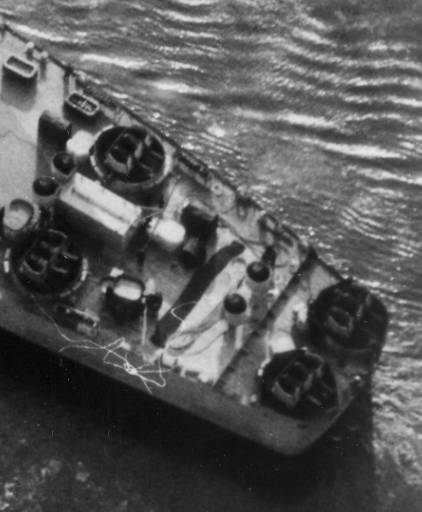(New write up)
When the White Russians arrived in Venezuela, they included as many artisans out of the Nikolaiev dockyards as wanted to leave. These artisans were the catalyst for the building of infrastructure to give Venezuela the ability to build its own large ships. Armaments, armour and machinery shops needed to be built. All of it took time - and money. Using the White Russian advantage of having so many army officers and men to stiffen the Venezuelan forces also extended to the army. The Army was used to occupy the lands surrounding Venezuelan borders. The money gathered from these occupations helped to pay for everything. One of the countries occupied was Panama giving Venezuela control of the Panama canal. This allowed the Navy unfettered access to both the Pacific and Caribbean where there were bases for their ships.
1935 and the Venezuelan Navy finally feels it has enough skilled people and infrastructure to build its first capital ship. Among the bits and pieces brought from the Black sea are three turrets and guns of 14" size that were to be fitted to a battlecruiser. These armaments would be used as the basis for a new battleship.
(1).png)
Completed in May 1940,the ship was christened Venezuela to show the pride of the nation in its new fleet flagship. The Venezuela was sent north to the USA for fitting of the gunnery directors and basic radar fittings of the time. The 40mm came from licensing the Bofors weapon system and copying the first British and American mountings. The 20mm were the basic Oerlikon cannons. The single 5.1" were a domestic product. The original plan was to use eight twin turrets of the same gun system but it was found that the single mounting fired much faster than the twin. Less interference between guns.
Venezuela joined WW2 when it was called on through treaty obligations to the United States. The Venezuelan Naval vessels were split over the various theatres. The Maracaibo spent most of its time with Force H interdicting the Central Atlantic area. If anything German broke through the outer cordons it was Force H that was tasked with cleanup duties. Its major duty was to keep the Italians and Spanish blockaded in the Mediterranean. If the Axis ships tried to base their capital ships in Spanish ports, Force H would attack the ports with aircraft from its four aircraft carriers to try to cripple the Axis ships in port. These tactics forced the Axis fleet units back inside the Mediterranean, out of harms way. Sea power at its finest.
